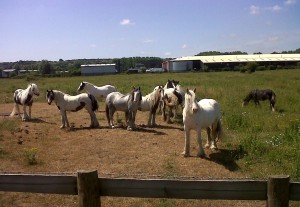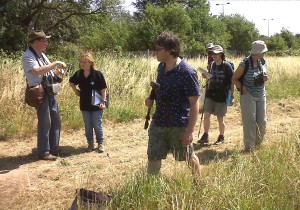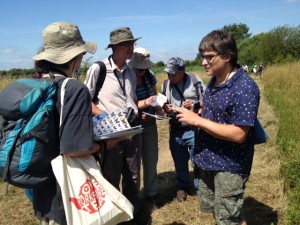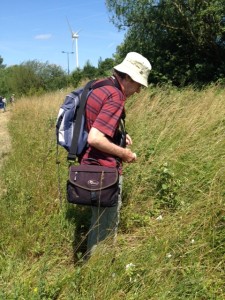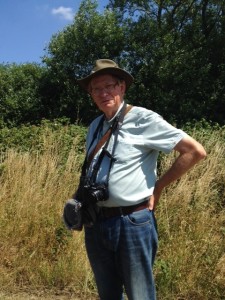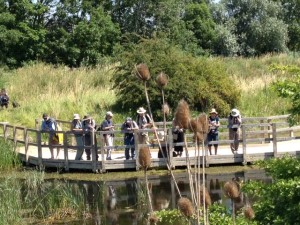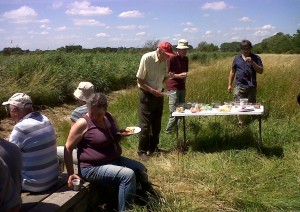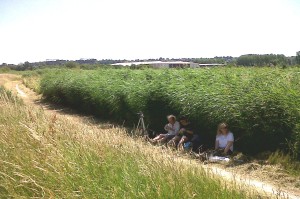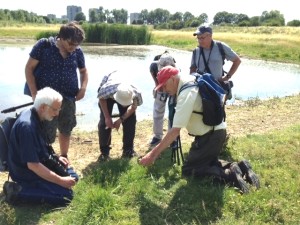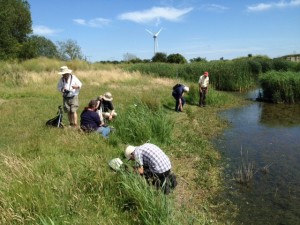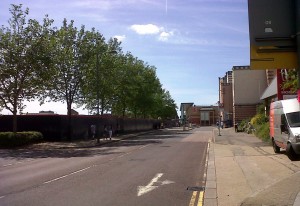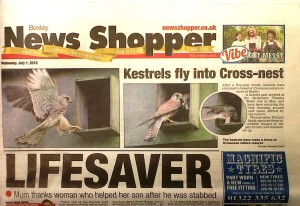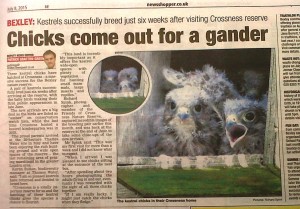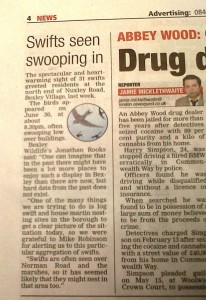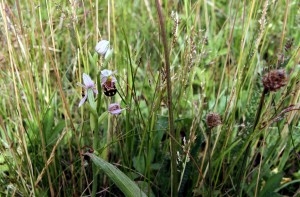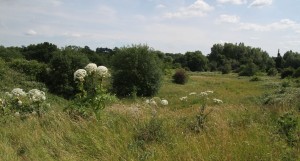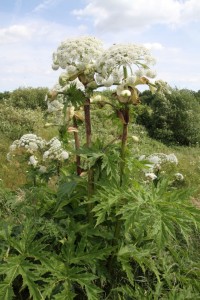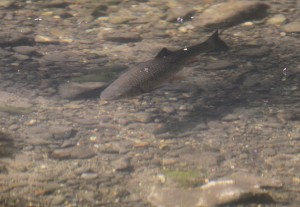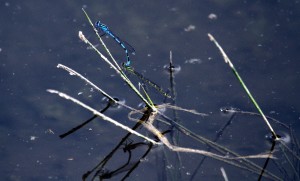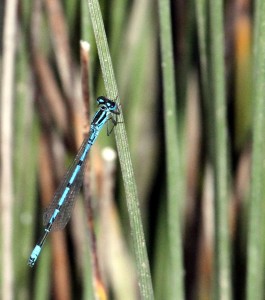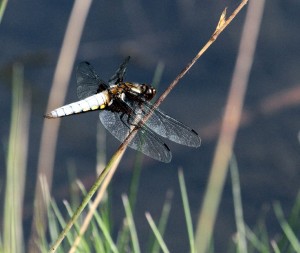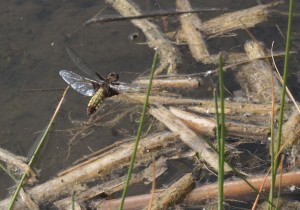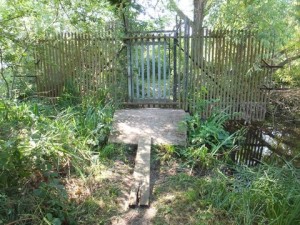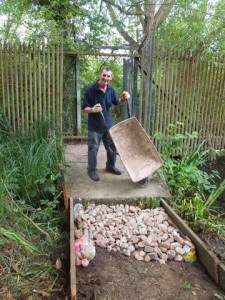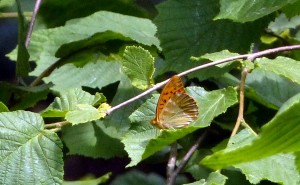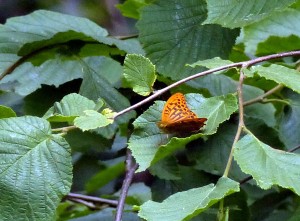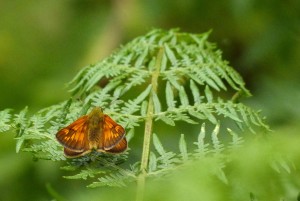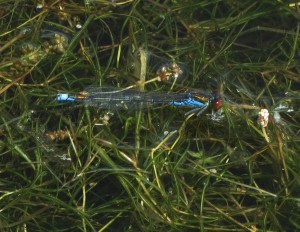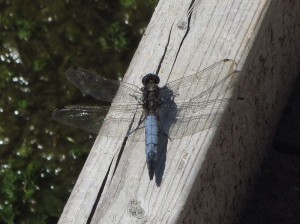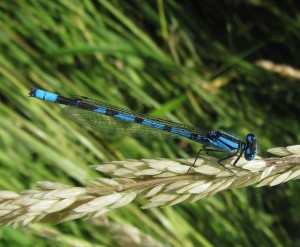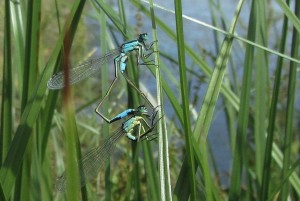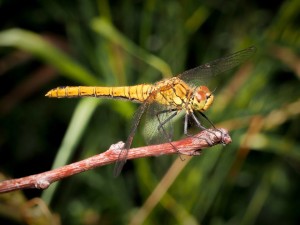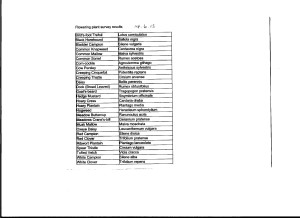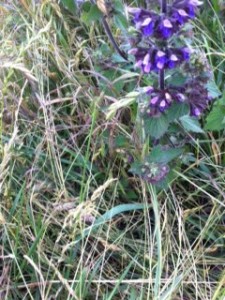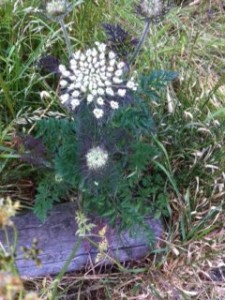Can you help conserve Swifts and House Martins?
Following on from the piece about Swift’s in this week’s News Shopper, Ralph Todd has submitted the following piece to the paper. If you know of Swift aggregations or House Martin nesting sites in the Borough, or can help with the survey work, please contact Ralph at rrtodd@hotmail.co.uk. If you are interested in helping set up a nestbox scheme, and/or know anyone who works up ladders, has the relevant insurance and could help get nestboxes put up on local buildings, contact Jonathan Rooks jonathanrooks@virginmedia.com
‘Local conservationists are participating in a national survey to establish where House Martins are breeding, and are also on the lookout for Swift nesting sites in Bexley, as concerns grow over a serious decline in numbers of these birds that spend their summers in Britain and winters in Africa.
Both species became adapted to nesting in and on man-made structures, but modern building methods and renovations are now keeping them out. Ralph Todd, compiler of the six-monthly ‘Bexley Bird Report’, who is leading the survey locally, said “We have a real concern that the House Martin could be lost as a breeding bird in Bexley. They will often use old nests, but we are aware that a number of these have been destroyed on buildings at the two main breeding sites in Erith and Crayford. We are looking at whether placement of artificial nests could eliminate any conflict between birds and residents, but in the meantime, it should be remembered that it is unlawful for owners or occupiers of buildings to destroy a nest under construction or in use.”
The RSPB Statement on this is as follows:- “House martins are fully protected under the Wildlife and Countryside Act 1981, which makes it an offence to kill, injure or take an adult bird, or to take, damage or destroy the eggs, young or nest of a house martin whilst it is being built or in use. The Act allows for fines of up to £5,000 for every bird, egg or nest destroyed, or even custodial sentences. If maintenance work that would affect either a natural or artificial house martin nest needs to be carried out, this should be scheduled for the autumn, winter or early spring when the birds are not in residence. At this time of the year one can remove the nests to carry out the work. Make sure that you replace any artificial nests to exactly the same spot where they came from house martins are very particular about the exact location of their nest.”
To help conserve these species for future generations to enjoy in the summer skies over Bexley, known or suspected nesting sites for Swifts and House Martins can be reported to Ralph at rrtodd@hotmail.co.uk

